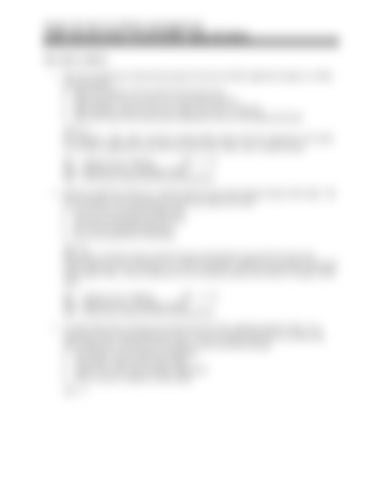Chapter 10: The Use of Herbs and Supplements Touhy: Ebersole & Hess' Toward Healthy Aging, 9th Edition MULTIPLE CHOICE 1. The nurse preparing an educational program focused on herbal supplement targets as a likely
interested group: a. Inner-city females who live below the poverty level b. White females who own their own successful businesses c. Male Hispanic Americans who are single, divorced, or widowed d. Men and women from small rural communities who are self-employed farmers ANS: B
Non-Hispanic, white, older, normal-to-underweight women with more education were found to use dietary supplements more than any other racial, ethnic, age, or gender group. DIF: Cognitive Level: Applying REF: p. 115 TOP: Integrated Process: Teaching/Learning MSC: Client Needs: Health Promotion and Maintenance 2. During an admission interview, a patient tells the nurse about taking Ginkgo biloba daily. The
nurse responds to this information by inquiring whether the client: a. has ever been screened for depression. b. experiences gastrointestinal (GI) upset. c. has concerns regarding impotence. d. has reoccurring bouts of bronchitis. ANS: B
Side effects of Ginkgo biloba include GI upset and should be assessed for by the nurse. Neither depression, nor impotence, nor chronic bronchitis conditions are generally self-treated with Gingko biloba. These conditions are not considered typical side effects of Gingko biloba either. DIF: Cognitive Level: Applying REF: p. 118 TOP: Integrated Process: Teaching/Learning MSC: Client Needs: Health Promotion and Maintenance 3. An older adult client is being seen for the first time at the outpatient geriatric clinic. As a
component of the nursing admission history, the nurse inquires about the use of herbs and other supplements. The basis for this inquiry is that such herbal therapy: a. may interact with prescription medications. b. is hazardous when used by older adults. c. replaces the need for prescription medications. d. causes excessive sedation in older adults. ANS: A

